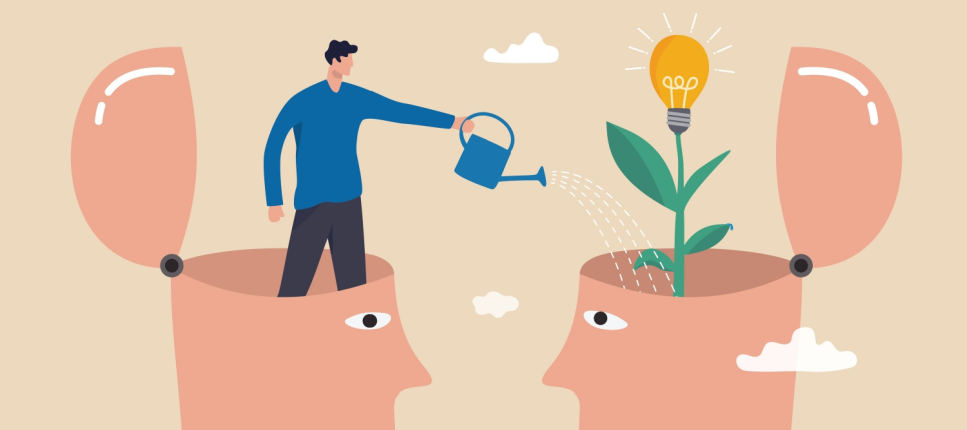Neuroscience has made remarkable advances in unravelling the mysteries of the human brain. As our understanding of how the brain functions expands, so does our ability to apply this knowledge to various fields, particularly education. Instructors can create an environment that maximizes engagement and retention by aligning teaching strategies with the brain’s natural processes. Here are five teaching strategies backed by neuroscience that can enhance learning experiences.
Active Learning
Dr. Judy Willis, author of Research-Based Strategies to Ignite Student Learning: Insights from a Neurologist and Classroom Teacher, states in her book, “Active learning promotes the brain’s natural inclination to explore, discover, and construct knowledge.” These types of strategies involve student participation, interaction, and hands-on experiences. Educators can stimulate multiple brain areas through group discussions, problem-solving tasks, and experiments, enhancing engagement and knowledge retention. In addition, such strategies activate the prefrontal cortex, responsible for critical thinking and decision-making, leading to deeper understanding and creating long-term memories.
Multisensory Teaching
Multisensory instruction taps into the brain’s ability to process information through different sensory channels simultaneously. By incorporating visual aids, auditory cues, tactile elements, and movement-based activities, educators can create a rich and varied learning experience. This approach stimulates multiple neural pathways, promoting better understanding, memory encoding, and information retrieval.
Smaller portions and spacing
Creating smaller learning portions breaks complex information into smaller, more manageable chunks. By presenting information in logical sequences or patterns, educators facilitate the brain’s ability to process and store knowledge effectively. Additionally, spacing refers to distributing learning sessions over time, allowing for optimal memory consolidation. Educators can promote long-term retention and prevent information overload by incorporating regular reviews and spaced assignments.
Movement and breathing
Movement stimulates the release of neurotransmitters that support learning and memory. Integrating conscious movement breaks into the classroom routine, such as stretching exercises or brief physical activities, can enhance blood flow to the brain, increasing alertness and concentration.
Alternatively, how we breathe, and the breathing phase (inhalation or exhalation) impact our memory. This is the surprising finding of an American study published in 2016. Olfactory oscillation, a phenomenon that causes the neurons in the olfactory system to activate when air enters the nose through the receptors at the tip of the nasal hairs, was proved to allow for better memorization, especially if you inspire through your nose.
Storytelling and Emotions
“Stories tap into the brain’s natural affinity for narrative and emotional experiences,” states Dr. Mary Helen Immordino-Yang in her book Emotions, Learning, and the Brain. Story-based instruction and emotional connections create a powerful impact on learning. Storytelling engages multiple brain regions, including those responsible for processing emotions and memory. By merging stories, real-world examples, and personal experiences into the curriculum, educators activate emotional centers in the brain, enhancing motivation, attention, and long-term retention of information.
As neuroscience continues to explain the intricate workings of the brain, educators have multiple resources at their disposal to unlock the full potential of every learner. Embracing the insights from the latest research offers tremendous potential for transforming teaching and learning practices to harness the innate mechanisms of the brain in order to optimize learning experiences.
Related Articles:
- The 3 Speeds of Thought
- From Surface to In-Depth Learning
- Develop Your Metacognitive Skills
- Long-Term Memory: Its 3 Chronological Processes
- Stress and memory
- Neuroscience: learning in 4 steps
- 8 Types of Memory… to Remember!
- 10 study techniques and their effectiveness
- [VIDEO] 3 Mistakes to Avoid While Studying
- Microlearning, benefits and disadvantages
- Rest and Recuperate Smartly
- [VIDEO] The importance of emotions in learning
- The adult brain learns best with stories
- Attention in 15 points




